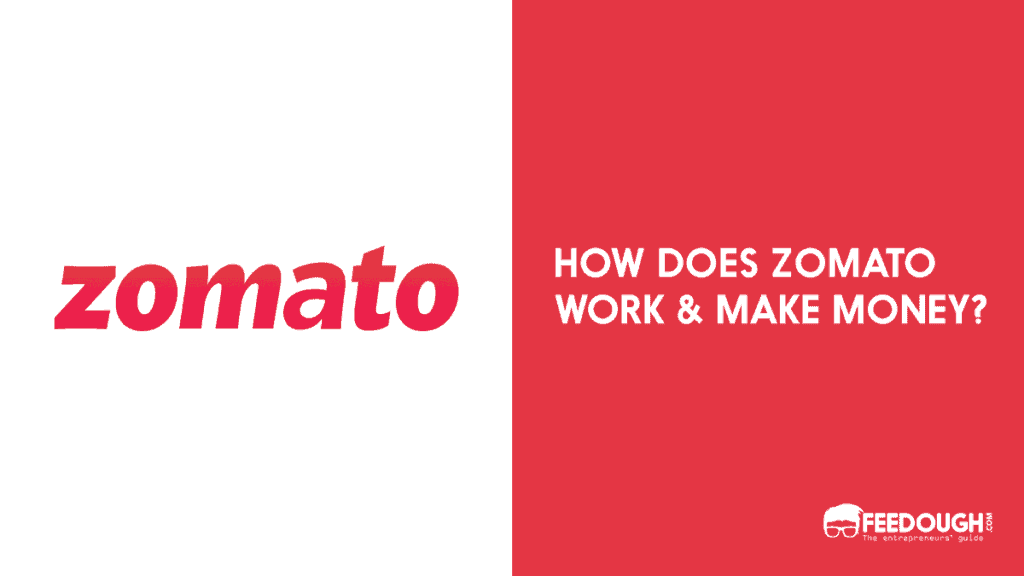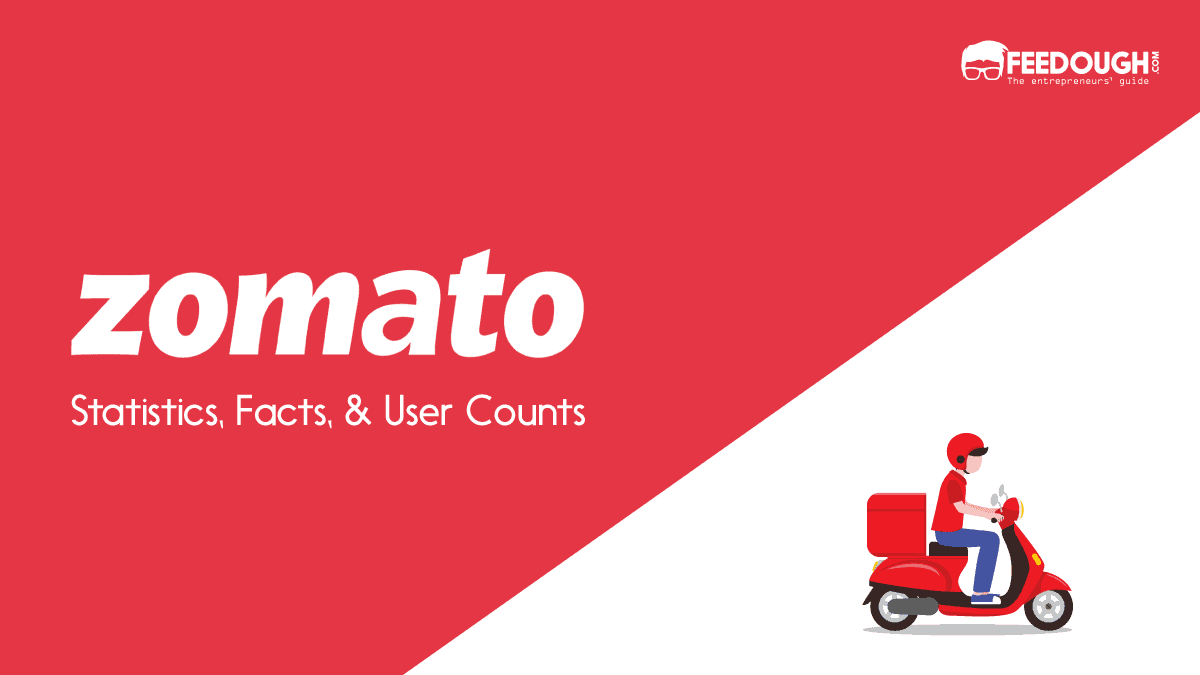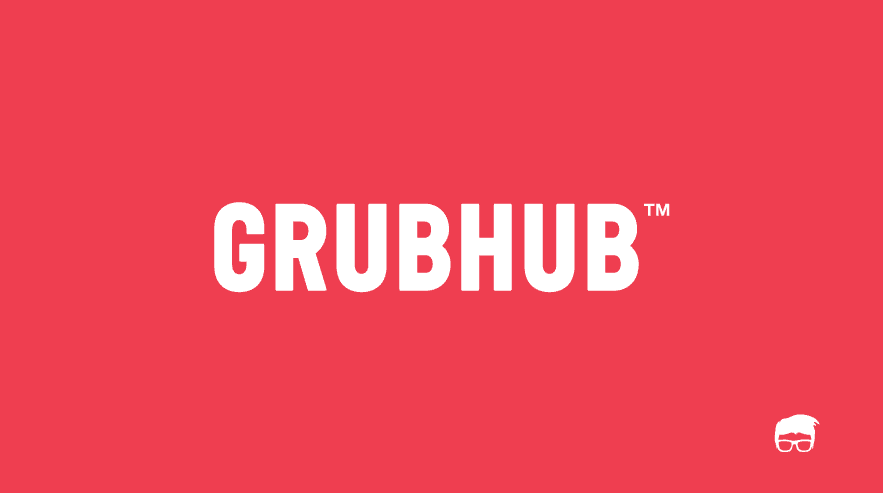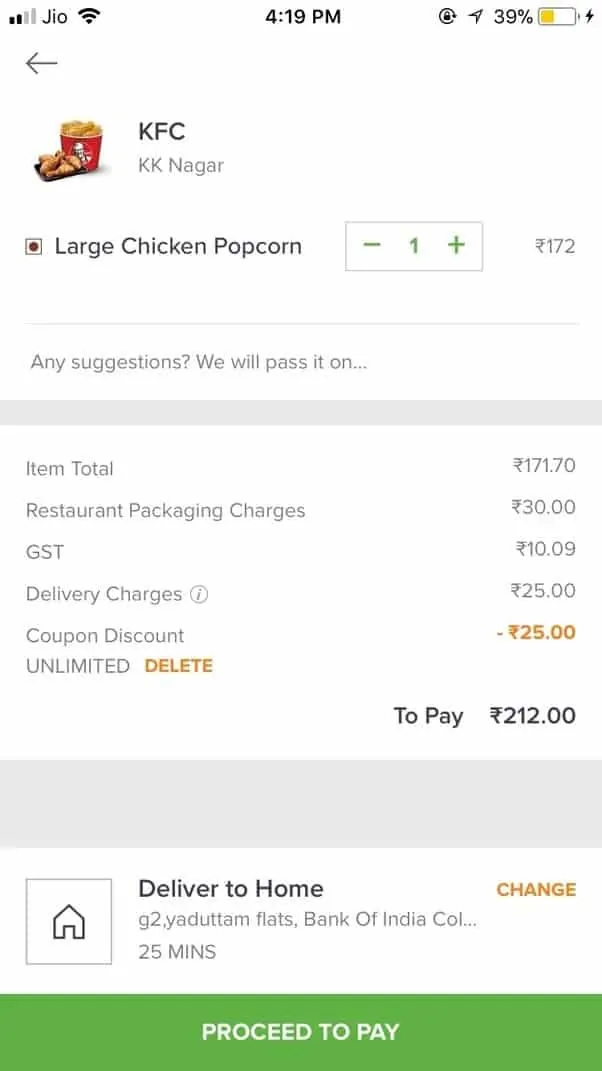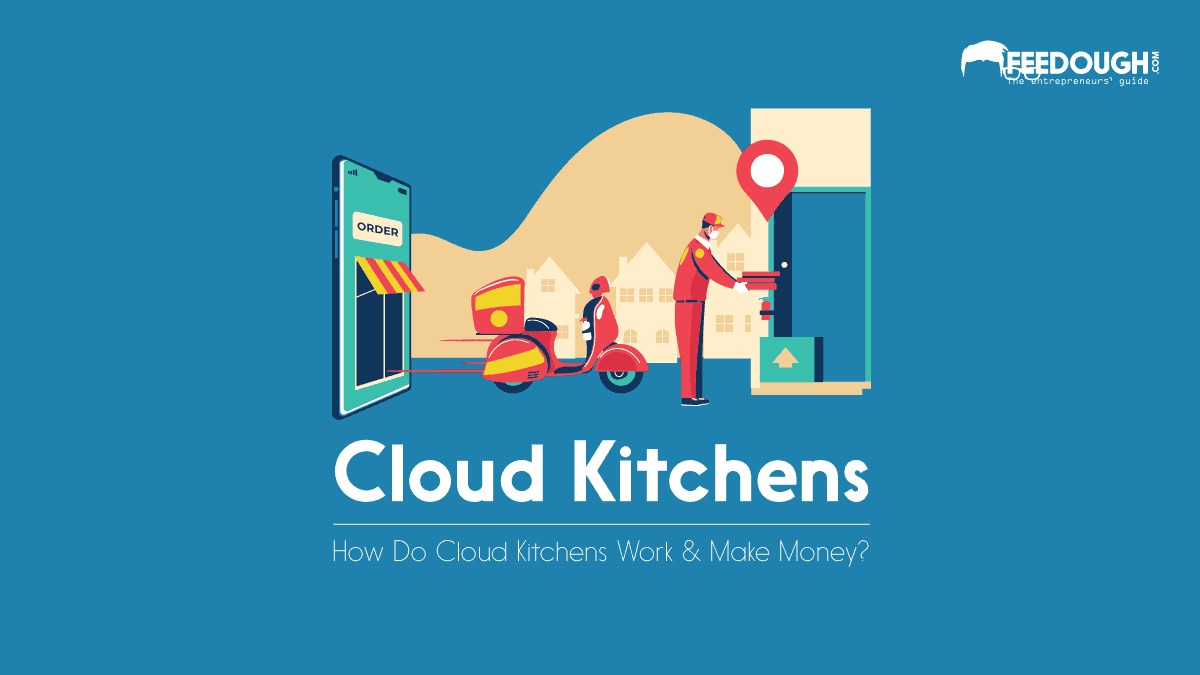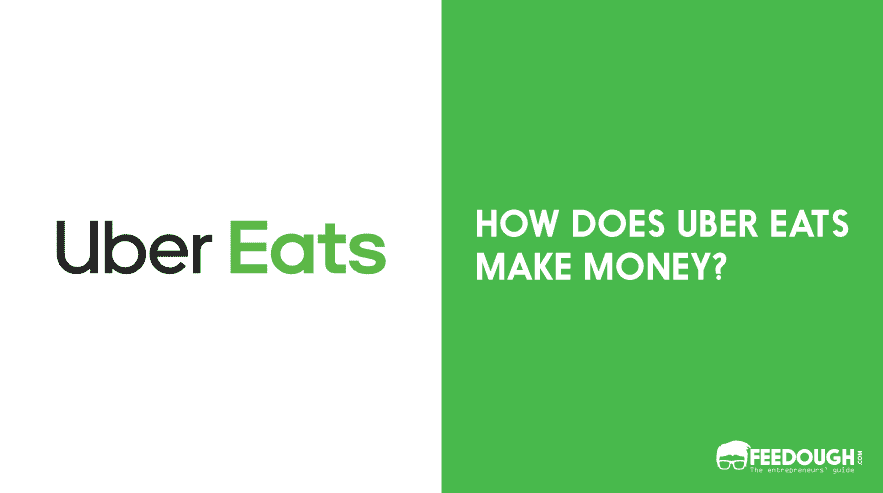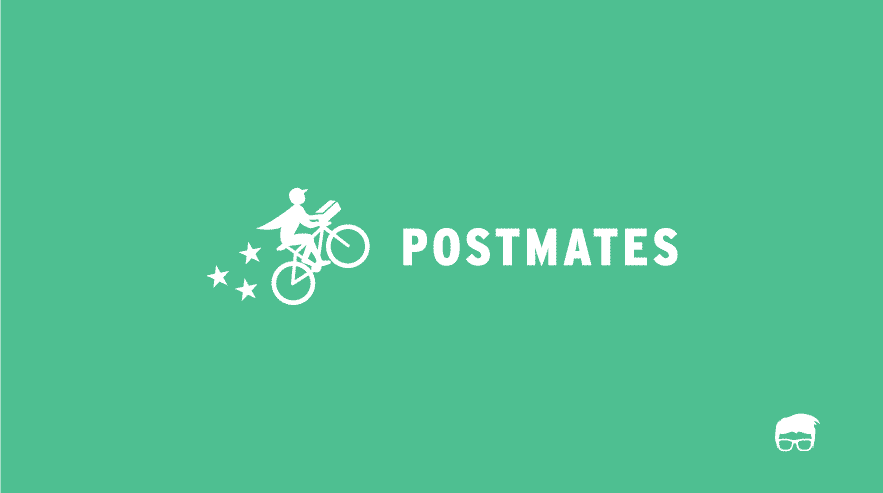We’ve all probably watched people standing in queues and looking at different restaurant menus to order lunch at least once in our lives. Who would have thought that the idea could lead to the germination of Foodiebay, a prologue to Zomato, which is one of the largest food aggregators in the world?
Suppose a person suddenly feels hungry but has no idea what to order and where to order from. Bam! There comes Zomato. He can visit the site, explore different restaurants, take a glance at their ratings, and then finally order what he likes best. He’d probably then find the delivery at the doorstep any minute.
From exploring restaurants to reading reviews to food delivery or dining out, the journey with Zomato seems to cover it all. But what is Zomato and what is Zomato business model? How does it actually work? How does it make money? And how it expanded to over 24 countries?
Let’s delve deeper into the business model of this foodtech unicorn.
What Is Zomato?
Zomato is a restaurant discovery and food delivery company that serves the needs of customers, restaurant partners, and delivery partners by connecting them on one platform.
It is a platform where people discover and explore restaurants, view menus, give and read reviews, order food and get it delivered or book a table and dine out. On the other hand, restaurant partners get the opportunity to increase their visibility and presence and engage customers while getting a reliable delivery source at the same time.
Founded by two IIT graduates, Deepinder Goyal and Pankaj Chaddah, in 2008, Zomato began its life as Foodiebay. This online restaurant directory lets its users check out restaurant menus with a few additional features. The idea was to convert restaurant paper menus to a digital platform, which is far more accessible and easy to use. Over the years, Zomato has tapped into many other business segments and expanded internationally with around 32.1 million monthly active users and a presence in around 24 countries. Let us see how this unique and sustainable business model operates.
How Does Zomato Work?
Zomato’s operating model is simple yet effective.
Customers use the website or app to search, discover and explore different restaurants to order meals or book a table to dine out. Restaurant owners receive the order request and dispatch the order after preparation. The order is picked up by a delivery partner selected by the proprietory platform’s algorithm that scouts for the nearest and most apt delivery personnel for the delivery. Delivery personnel are not employees but partners to the company and have the right to accept or reject a delivery job. Once the job is accepted, the delivery providers then deliver it to the mentioned location. The customers can make payments while ordering or at the time of delivery. They then give their reviews, which helps Zomato improve its services and helps other customers make informed choices while placing their orders.
In simple terms, Zomato’s delivery operating model can be divided into three steps –
- Customers uses Zomato’s app to order from existing restaurants and food joints that have partnered with Zomato
- Zomato pings nearest and most apt delivery partner to deliver the order to the customer
- The delivery partner delivers the order
- Zomato and delivery partner get their commissions
Zomato’s dine-out operating model, however, is a bit different from the usual delivery service. It heavily depends on the subscription-based Zomato pro offering.
Zomato Pro is a premium subscription-based service that offers its members additional benefits and discounts on dining out and delivery services. They get complimentary food and drinks and other discount offers while ordering from partner restaurants. They get access to exclusive delivery offers and a priority while preparation of their orders and delivery. This increases the speed of the entire process by an average of 15-20%. They also get money-back guarantees if they do not save twice the subscription fee of Zomato Pro within the subscription period.
Zomato’s Key Activities
The key activities of Zomato business model can be divided into seven categories. These are:
Restaurant listings
Before tapping into other business segments, Zomato was primarily an online restaurant directory. It partners with restaurants that join the platform for increased visibility and charges them a commission for placing them prominently on the feed. Restaurants also pay for the promotion of their events and offers for increased conversions from Zomato users.
Food Delivery
Zomato’s food delivery business is an integral part of the link chain between customers, restaurants, and delivery partners. The customers pay a delivery fee to the restaurants, which in turn give a commission to Zomato for every delivery it makes. The commission earnings are then split between the company and the delivery partners. However, these commission earnings are subject to whether Zomato does the delivery or the restaurant gets it done itself.
Live Events
Zomato entered the market of branded live events in 2018 with its food festival, Zomaland. It has organised this food carnival in multiple Indian states where people get to witness live musical performances and other entertainment activities.
White Label Access
Zomato also enables Zomato Whitelabel, a suite of technologies that restaurants can use to run their businesses online. The key feature of the platform is that restaurants can develop customized food delivery apps to connect and engage with customers. It also works with select restaurant operators to help identify possibilities of expansions at minimal costs. It helps them by providing them with the requisite licenses and other such requirements they might have.
Zomato kitchens
Zomato provides kitchen infrastructure services to select restaurant operators by working with various entrepreneurs to help them set up and operate Zomato kitchens under different labels. This helps entrepreneurs fund restaurants with an investment of Rs 35 lakh and more. Zomato offers the investors returns in the range of Rs 2 to 4 lakh per month with over 180 running kitchens so far.
Hyperpure
Hyperpure is an initiative by Zomato which aims at enabling restaurants access to everything, from vegetables and fruits to meat and poultry to seafood and dairy and groceries and beverages by working directly with farmers and mills, that is, both producers and processors, to source these products.
Consultancy
Zomato has an enormous repository of user databases which it uses to unearth vital pieces of information. These databases help it have an idea about the user preferences in different locations. It uses various analytical tools to provide consultancy services to its partner restaurants and other eateries.
Zomato’s Key Partners
The customer segments of Zomato business model can be categorised as follows:
- Local restaurants: Zomato partners with restaurants and helps them increase their visibility and online presence to draw the target audiences and tap into new potential customer bases.
- Users: Zomato acts like a panacea for users by providing them a platform where they can search, discover and explore different restaurants and eateries and order food or book a table and dine out.
- Delivery personnel: Since Zomato offers doorstep delivery services to its customers, it partners with delivery providers who complete the entire chain by offering their full-time or part-time delivery services.
- Reviewers: Reviewers actively review restaurants, cafes, and other food places and provide relevant information to the users about the cuisine and other aspects of the eatery in a textual or graphical form.
Zomato has also partnered with a lot of other businesses like Uber Taxi, Visa, and Paypal. Its tie up with Uber taxi enabled customers to book a ride to go to the restaurants of their choice. It eliminates the need to access two different apps and brings together a combined solution by enabling customers to book a cab and explore nearby restaurants, all at one place. The different alliances provide assistance in finding set-up locations, hiring and other procedures, market research, accounting, handling political and legal issues and so on.
Zomato’s Key Resources
Zomato has a top-notch repository of databases, meticulous and dedicated employees, a talented set of reviewers and content creators, and a large number of funding partners and financial investors like Sequoia Capital, Ant Financial, Info Edge and so on, as key resources to its efficient working.
Zomato’s Key Channels
Zomato website and app are the key channels that help it deliver its services to its customers. The Zomato mobile app is available on both android and iOS devices and customers can alternatively browse the website to explore restaurants and check their ratings on the platform. These key channels help Zomato to engage with, and build its customer base, drive sales and enhance the user experience of the platform. Zomato has also created a site specifically for posting exclusive photos of exotic foods from around the world.
What Value Does Zomato Provide To Its Customers?
Zomato business model is based on the QAA model, that is, it provides quality, accessibility, affordability and assortment to its customers and partners.
- Improved Quality: It aims at providing improved quality of food and services and maintaining high standards of fresh and high-quality ingredients through Hyperpure. The hygiene rating is one of the most yearned symbols of quality which is well known to its partner restaurants.
- Increase accessibility: Zomato delivery services have been expanding ever since their inception to increase its accessibility to more parts of the world. The app and website are both easy to use and convenient in terms of their availability on different android and iOS devices.
- Increased affordability: Zomato strives to leave no stone unturned in providing affordable choices to customers without compromising with its quality or profits. The Zomato Pro subscription based model also aims at benefitting the customers in different ways by providing them offers, discounts on dining out and food delivery and provides them faster delivery services.
- Assortment: It aims at providing a wide range of choices and the best information to its customers so that they can make well-informed choices. It believes in the idea that taste and experiences transcend any geographical borders.
Moreover, Zomato’s customer service provides online customer support with a mandatory rating mechanism. Customer support chat is available round the clock and call services are available to customers in case they feel the need to inquire about any problems they might face. It provides different incentives to customers to keep them engaged and ensures that the reviews and ratings are up to date so that customers have complete information before making their choice.
How Does Zomato Make Money?
Zomato has become a top player in the food industry since its inception. It had a revenue of a whopping $394 million in 2020 while there has been an increase in hyperpure’s revenue from $1.8 million in 2020 to $14.7 million in 2021. The diversified set of activities that play a key role in generating its revenue are:
Zomato Advertisements
Zomato partners with restaurants that wish to amplify their visibility and online presence through the platform. A major chunk of Zomato’s revenue comes through advertising and promoting these restaurants who pay it for the same.
Zomato Subscriptions
Zomato has a subscription-based freemium model. Zomato Pro offers customers different discounts and offers on dining out and food delivery services. They make offers like (1+1) on food items or (2+2) on drinks to Zomato Pro users and get their deliveries made faster. It offers a 3-month membership at a cost of Rs 200 and an annual pro membership at a cost of Rs 750 in India.
Consultancy And Data Monetisation
Zomato can analyse users’ behaviour based on the data repositories it has. It gives an insight into which dish is trending, what people are searching for, what kind of food is in more demand, and so on. Restaurant owners need to pay Zomato to get this information to improve and optimise their services according to the users’ requirements.
Food Delivery Services
Zomato charges a commission for the restaurant partners for every delivery that it makes. It charges a commission of around 20-25% which can vary depending on different factors like location, timing, and so on.
Live Events
Zomato charges an entry fee for the carnivals and live events that it organises in collaboration with different restaurants. These events are usually hosted on occasions like Christmas or New year’s eve in order to boost sales. The purchase of these tickets becomes a source of revenue for the company.
Zomato Kitchens
Zomato offers a kitchen infrastructure service to restaurants that want to expand their business to new locations at a minimum possible cost. This helps it get more restaurant partners and generate greater revenues.
Costs Incurred
Zomato has to spend on a lot of operations and advertisements that it makes. The primary costs it incurs are:
- Platform development: Zomato invests large amounts to increase its user experience of the platform by improving its customer services, user interface, and overall online presence.
- Branding and advertising: Zomato launches a wide range of marketing campaigns and advertisements to gain greater popularity and spread consumer awareness about its offers and discounts.
- Credit card processing fees: Zomato has to pay for the credit card transactions that take place as well.
- Office maintenance cost: Zomato operates in around 24 countries around the world which include India, Australia, UAE, USA, Turkey, and so on. Thus, it has to bear the maintenance costs of offices in all these countries that it operates in.
- Employees’ salary: Zomato has over 5000 employees working for it all over the world. It has to pay salaries to this set of dedicated employees with different pay scales.
- Legal and accounting fees: The company has to pay legal fines and payments for mergers and acquisitions and different licenses that it requires. It also has to pay taxes for various purposes as well.
Bottom-Line?
Zomato’s simple yet effective business model has led it to be one of the largest food aggregators in the world and any aspiring entrepreneur has much to learn from it. It offers a combined solution to users’ problems in the food market and takes care of the entire process till the order reaches their doorstep.
It strives to work on different new business endeavours while working on better implementation and improvisation of existing applications and services it provides. It is just as they say, the story has just begun. It has far more heights to attain and greater audiences to tap into all over the world.
Go On, Tell Us What You Think!
Did we miss something? Come on! Tell us what you think of this article on Zomato business model in the comments section.
An economics aficionado and a researcher at heart, Shrishti has also worked as a consultant to assist startups and NGOs in varied verticals. When not working, she is a passionate dancer and painter.
